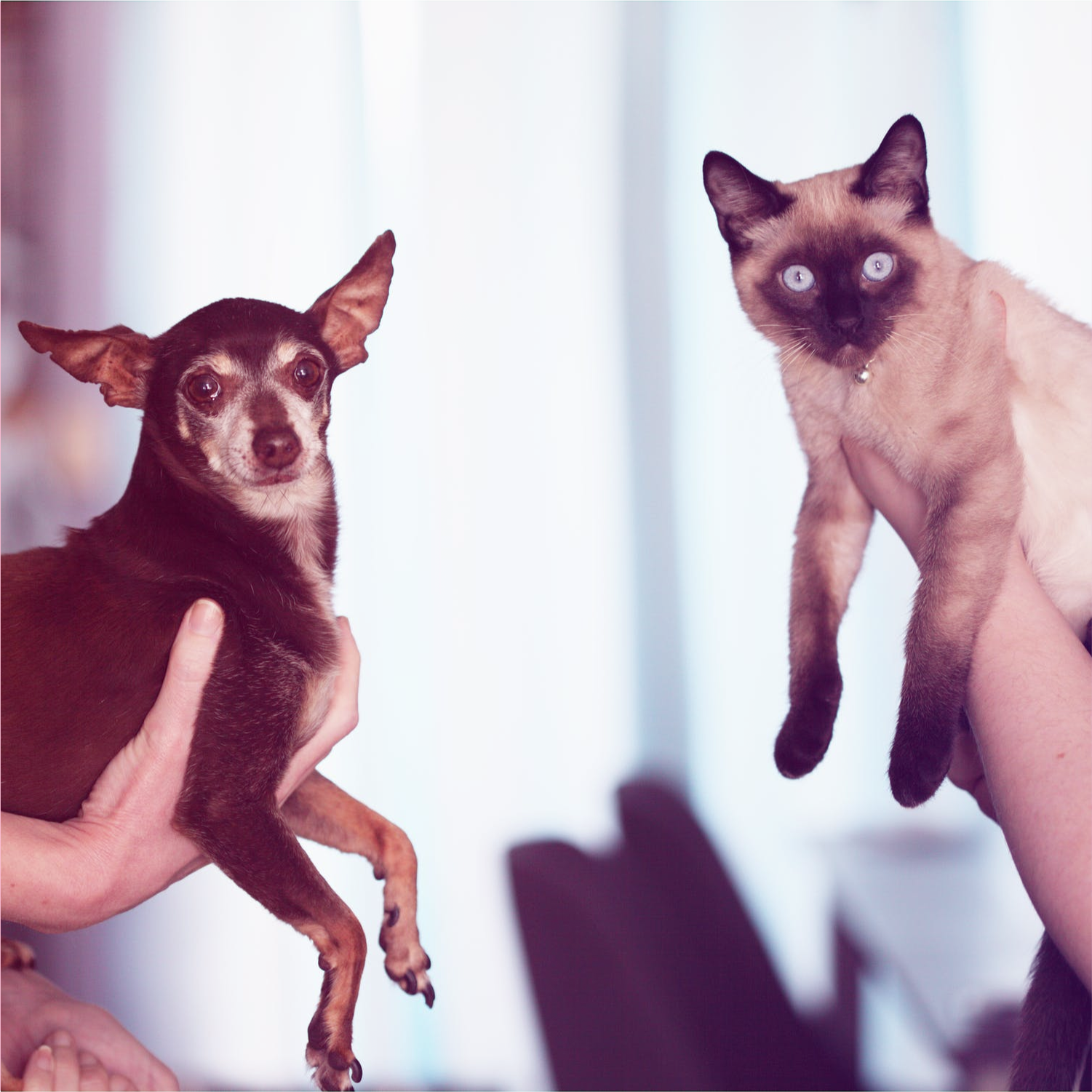How to honeymoon forever
Ben’s 3 Commandments for a Successful Marriage
Disclaimer: Not for actual marriage.
Collaborate early, and continuously
Communication is absolutely essential. When both parties are involved in a project from start to finish, the team gets a better understanding of where limitations exist, or opportunities for improvement can be found. This may initially feel like time spent poorly, but in my experience it saves time and reduces mistakes that happen later down the track.
Developers
Flag any constraints the dev environment has that the designer(s) should be wary of before they start designing. Offer any suggestions that you know will speed up your development time or optimise the project. Reach out to your designer if you are getting stuck mid-development, or don’t know how an interaction works.
Designers
Talk about your plan for the project with your counterpart and question the difficulty of tasks. Run through any planned interactions that might not be in a design file. Check-in with the progress of the development to see if they’re on track visually and interactively, making any adjustments if necessary.
Be Flexible
Work in collaboration will always have its conflicts – be flexible to different options to accommodate the limitations of the project or of your counterpart. Throughout a project, change is inevitable, just being aware that you will potentially have to adapt in some way will make you more prepared for change.
Developers
Be open to taking on the challenge of a difficult design, this means problem solving for tasks you maybe haven’t done before. For example, building an interaction that you haven’t worked on previously.
Designers
Be ready to change the design to overcome any problems met throughout the project. Maybe the developer has realised a certain functionality is no longer possible, or the client has changed the chosen payment process at the last minute.
Empathy through knowledge
Take time to understand what the other person or team is actually doing, what tools they are using. Gain a general understanding of how their process works and how much time their work takes. This knowledge will give you insight into the challenges the other will face.
Developers
Be aware of the task assigned to the designers from the client and understand the goal they’re trying to achieve. Know that the designer has their own limitations too, maybe they have to keep in that calculator you don’t want to build because for the client it’s a must. Does the client want the design done with a certain tool? Do you know the basics of that tool?
Designers
Understand the processes the developer needs to use – do they have a specific developer process they need to follow? What is involved in building the designs you made? What frameworks will the developers use for the project? Will adding this feature be easy or hard?



